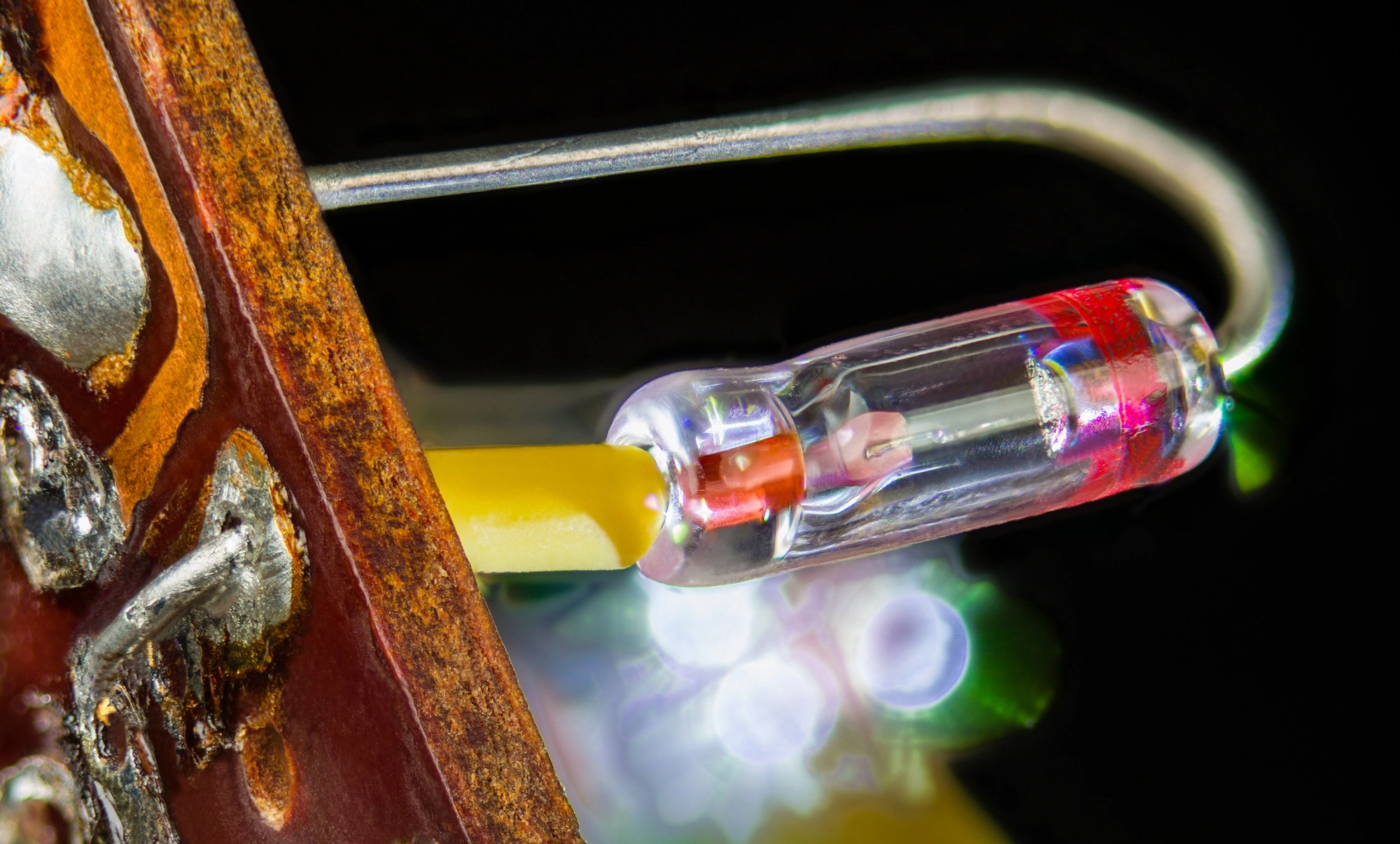

The rapid advancement of technology and the constant replacement of devices have led to a surge in electronic waste. Among the many components in discarded electronics, indium stands out due to its scarcity and high value. Indium is a critical element used in the transparent, conductive coatings on liquid crystal displays (LCDs). Recovering indium from waste LCD panels not only addresses environmental concerns associated with e-waste but also helps secure a sustainable supply of this rare metal.
Indium is primarily used in the form of indium tin oxide (ITO) to give LCDs their unique display properties. Its limited natural occurrence and the challenges associated with its extraction from ore make indium a precious resource. With increasing demand in high-tech industries, finding alternative ways to obtain indium has become essential. Recovering it from discarded LCDs offers an opportunity to recycle a material that would otherwise contribute to mounting electronic waste, while also reducing reliance on conventional mining processes.
One of the most promising methods for extracting indium from LCD waste is the chloride volatilization process. This innovative method involves converting the indium found in waste LCDs into a volatile compound that can be easily separated and collected. The process takes advantage of hydrogen chloride (HCl) gas, which reacts with the indium present in the form of indium oxide. When indium oxide comes into contact with HCl, it transforms into indium chloride—a compound that evaporates at relatively low temperatures.
What makes this process particularly clever is its use of waste polyvinyl chloride (PVC). PVC, an abundant and inexpensive plastic found in many discarded electronics, releases HCl gas when heated. By repurposing waste PVC to generate the necessary chemical reagent, the process not only recovers indium but also makes productive use of another waste stream. This dual approach enhances the sustainability of the method by reducing both electronic and plastic waste.
The success of the chloride volatilization process is heavily dependent on precise temperature control and the management of environmental conditions. Detailed thermodynamic studies have revealed that the key reaction converting indium oxide into indium chloride proceeds effectively when the temperature is maintained between approximately 134°C and 554°C. Within this range, the desired chemical reaction occurs spontaneously, while avoiding unwanted side reactions that could diminish the yield of indium.
Once indium chloride is produced, it must be evaporated to separate it from other components present in the LCD waste. For this selective evaporation to occur, the temperature must be raised above 490°C. This step is critical because it allows indium chloride, which has a lower boiling point than many other chlorides, to be isolated efficiently. Additionally, controlling the oxygen levels in the environment is essential. An oxygen-controlled or low-oxygen setting ensures that the reaction remains focused on indium recovery, preventing the oxidation of indium chloride back into indium oxide or other undesired compounds.
While indium is the primary focus of the recovery process, waste LCD panels contain a variety of other compounds, including silicon dioxide, aluminum oxide, and iron oxide. These substances are present in much higher amounts than indium oxide, but under the controlled conditions of the chloride volatilization process, their impact on indium recovery is minimal. Thermodynamic analysis shows that the reactions involving these other oxides do not occur spontaneously within the optimal temperature range for indium extraction.
However, some components do pose challenges. Calcium oxide, sodium oxide, and potassium oxide, although present in lower concentrations, can react with hydrogen chloride to form their respective chlorides. This reaction consumes part of the HCl gas needed for the indium conversion reaction, potentially reducing the overall reaction rate. Fortunately, by carefully adjusting the reaction conditions, such as ensuring an adequate supply of HCl and maintaining optimal temperature and oxygen levels, these competing reactions can be managed effectively.
The recovery of indium from waste LCD panels via the chloride volatilization process represents a significant stride toward sustainable technology and waste management. By transforming indium oxide into a volatile indium chloride through the reaction with hydrogen chloride generated from waste PVC this method provides a cost-effective and environmentally friendly alternative to traditional mining. The process depends on precise temperature control, with optimal chlorination occurring between 134°C and 554°C and evaporation at temperatures above 490°C, all within an oxygen-controlled environment.
Although other compounds present in LCD waste can interfere with the reaction, careful management of the reaction conditions ensures that the primary goal of recovering indium is achieved. As electronic waste continues to grow, innovative recycling methods like this not only help preserve valuable resources but also pave the way for a more sustainable future in the tech industry.
Guo, Y., Zhang, Q., Lou, X., Liu, H., Wang, J., Guan, J., Zhang, X., Li, Y., Li, Y., & Guo, Z. (2018). Indium Recovery from Waste Liquid Crystal Display via Chloride Volatilization Process: Thermodynamic Computation. Engineered Science, 4, 65–69. https://doi.org/10.30919/es8d752